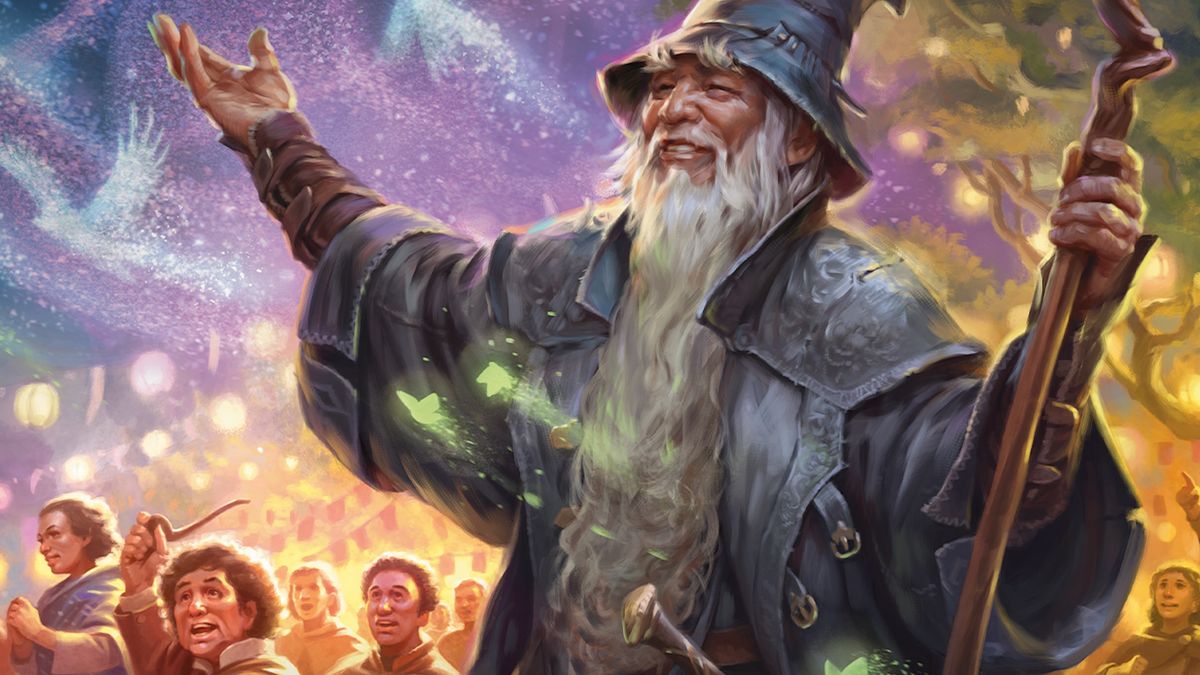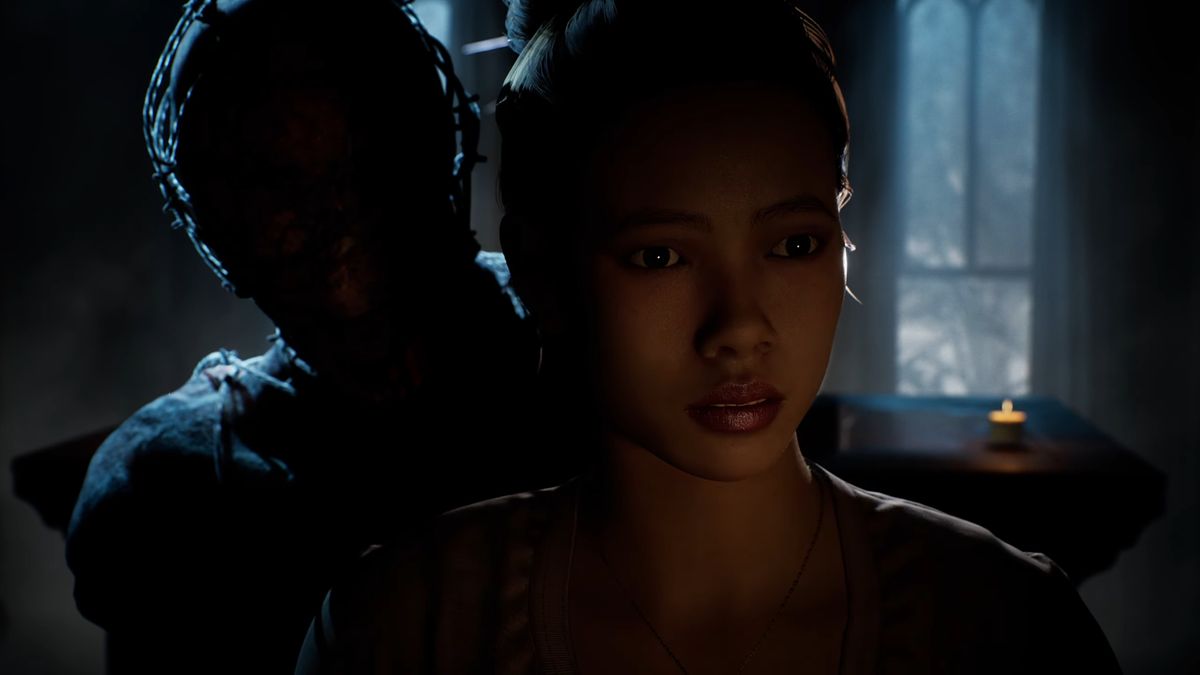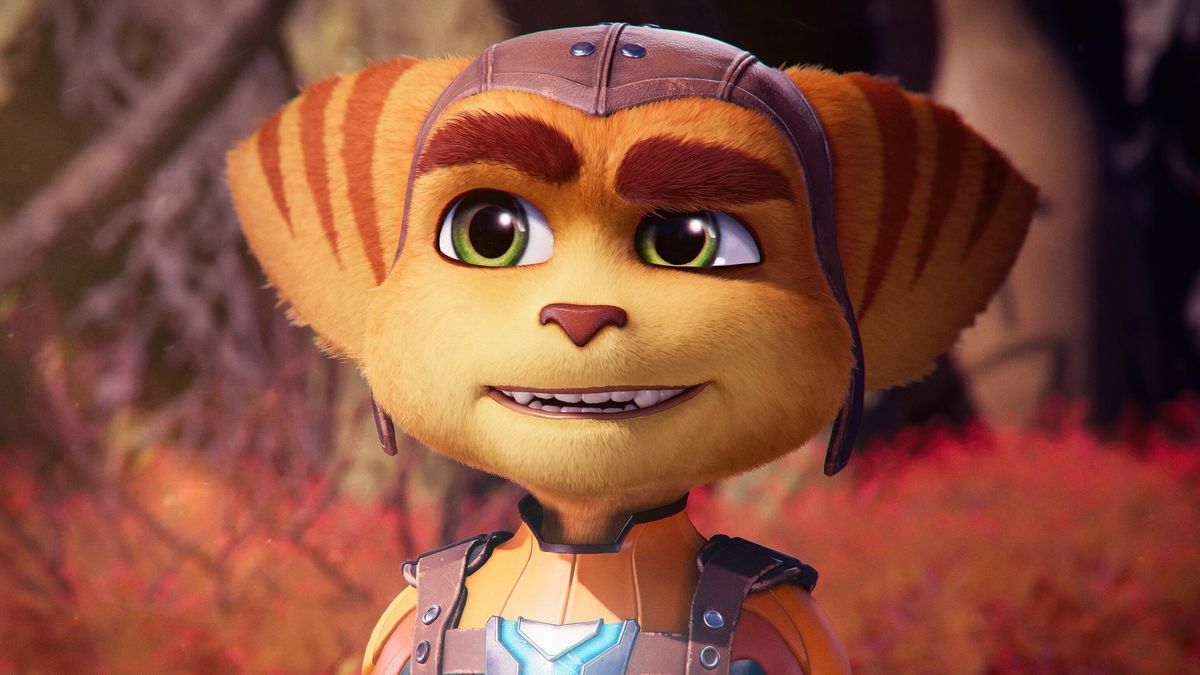The next Magic: The Gathering set—The Lord of the Rings: Tales of Middle-earth—is billed as a crossover, but it’s more like crossing the street than hopping to universes beyond. Magic has been getting pretty weird when choosing dance partners the last few years, with Transformers and Fortnite being some of the oddest choices. But there have also been well received and enjoyable picks, like the Magic The Gathering Warhammer crossover, and a pair of Dungeons & Dragons sets that felt a bit like flipping through Richard Garfield’s dusty high school yearbooks.
So it’s only natural that Wizards of the Coast would take a whack at the grandfather of modern fantasy, and we’ve gotten a look at the art and cards, from the Shire to Mordor.
What new and old mechanics are in Lord of the Rings: Tales of Middle-earth?
Image 1 of 131
So far we’ve seen the Amass keyword returning, which creates creature tokens with the Army type to swarm your enemies. When Amass featured in War of the Spark, it was creating piles of Zombie Army tokens, but so far Tales of Middle-earth has swapped that out for Orcs, which are Sauron’s usual henchmen.
There’s also the extremely fitting return of the food tokens, which will let you ensure that half your hobbits are half as well fed as you should like. More than just giving you some spare life, food tokens are being used to fuel abilities, like Eastfarthing Farmer, who gives you a food token when he enters the battlefield and then pumps up a creature based on how many food you have. You’ll also be able to use cards like Frodo, Adventurous Hobbit to trigger effects by gaining the three life a sacrificed food gives you—all part of a balanced second breakfast. Which is also, of course, a new card that interacts with food.
The major new mechanic that Tales of Middle-earth has introduced is ‘the Ring tempts you’. When cards trigger this ability, they give you an emblem named ‘The Ring’ and make you pick a creature to become (or stay as) your ‘Ring-bearer’. Each time after the first this triggers, your Ring emblem powers up, granting additional abilities to your Ring-bearer.
While it may seem counterintuitive to have the most famously evil gold trinket be all upside, Magic’s head designer Mark Rosewater had a very simple explanation for why the ring’s temptation isn’t a negative in game terms:
“We did try that. It made people not play the mechanic.”
Will Lord of the Rings: Tales of Middle-earth be on MTG Arena?
Tales of Middle-earth won’t be a standard playable set, but it will be coming to Arena in full for the Historic and Alchemy formats. With Historic being a non-rotating format, there’s a lot of room for Tales of Middle-earth cards to have a lasting impact over time. Plus, with MTG Arena finally on Steam it’s a small amount more convenient to become a digital spellslinger.
How was the art approached for Lord of the Rings: Tales of Middle-earth?
Image 1 of 16
Wizards’ senior art director Ovidio Cartagena was responsible for the set, and he was given an entire year to get ready for the art of Tales of Middle-earth. Though the Peter Jackson films are burned in the minds of fans of Middle-earth, Cartagena wasn’t looking to trade entirely on their legacy, as he said: “there are some clever references, but I will say it’s mostly a very original approach.”
With the cards revealed so far, there are some excellent examples of powerful and well executed art. All of the basic lands in the set do double duty showing important scenes or locations while still feeling like they’re slices of the Middle-earth countryside—seeing Gandalf race past herds of sheep to Minas Tirith in Gondor’s moody, shadowed countryside is a beautiful vision straight from the page. Another standout is the vivid swirls of flame and smoke around Anato Finnstark’s Witch-king of Angmar, which sends me back to older illustrations of Tolkien’s world from the ’80s and ’90s. There’s also a new extended art style in Tales, which takes a massive painting and partitions it over several cards, allowing you to put the full painting back together like the world’s easiest jigsaw puzzle. The initial example of this highlights the Battle of the Pelennor fields across 18 extended art cards.
Other pieces are more of a miss. As a lot of fans have pointed out already, the depictions of Gollum seem to be leaning pretty hard on the Andy Serkis version of the character when a whole wealth of less explored options for portraying the beloved golden donut aficionado exist. We could have had something like this absolutely unhinged version of Gollum by Ted Nasmith, or even the Rankin-Bass design for Gollum from the 1970s, who appears to have come from the frog dimension (and has enough of a following to be available on Etsy to creep on your real life shelves).
Despite the push for an original approach to the art for Tales, Magic has decided to get a little bit weird with a single artist collaboration. Alongside the set release, Wizards will have a Secret Lair tie-in, which will feature art from Ralph Bakshi—the artist behind the 1978 animated Lord of the Rings that starred C-3PO as Legolas. So if you live at the cross section of loving Bakshi’s art style, playing Magic, and also loving Lord of the Rings, then you’re either me or you’re similarly excited. You could also be Ralph Bakshi, but I can’t confirm that he plays Magic.


